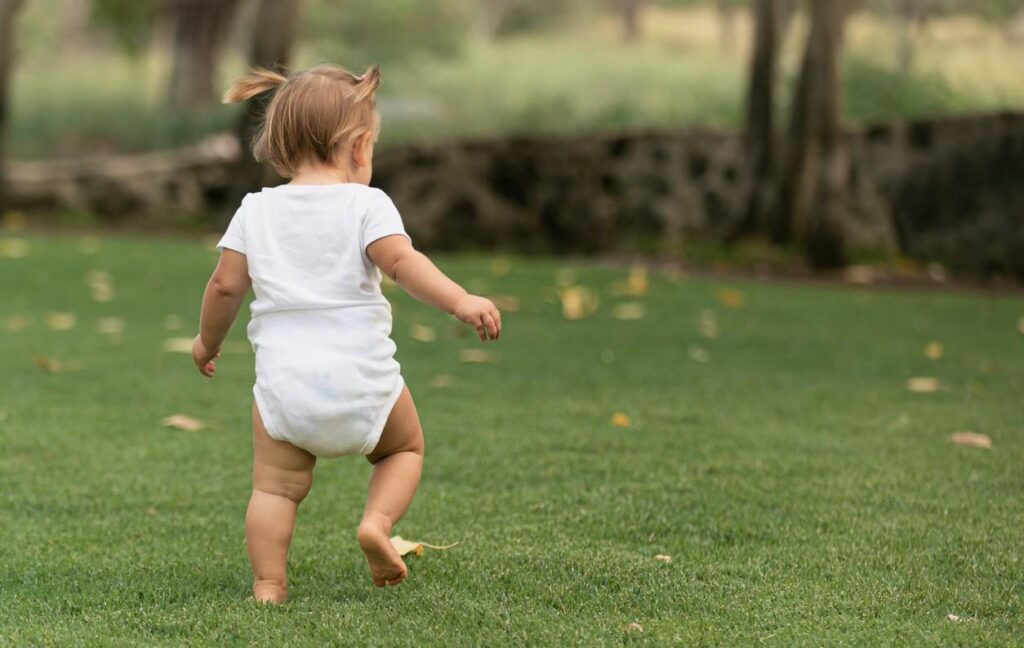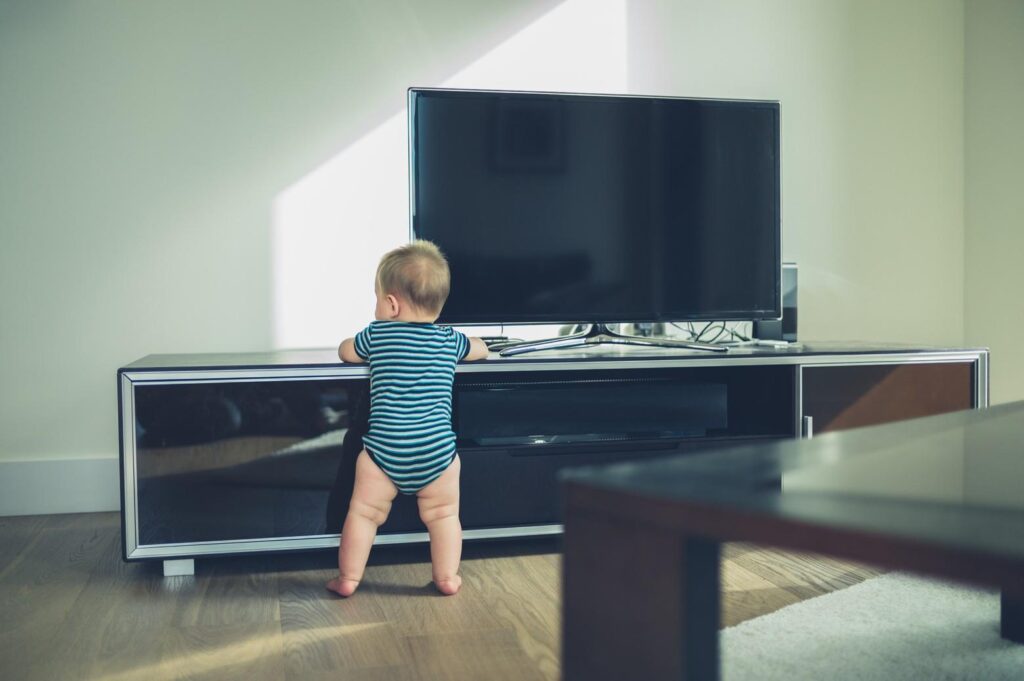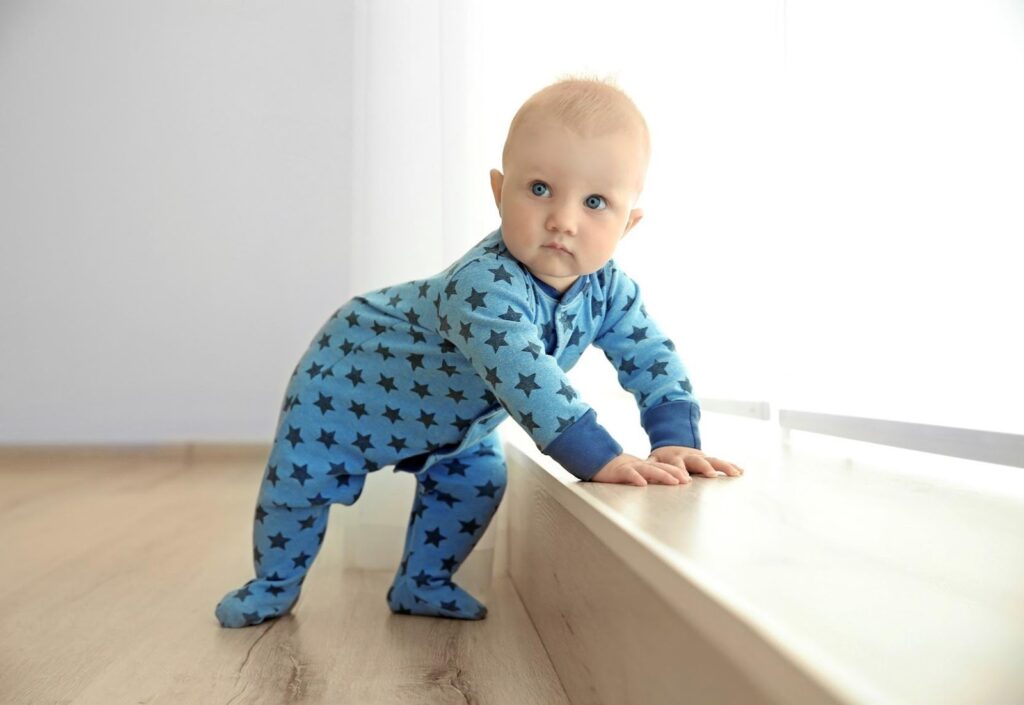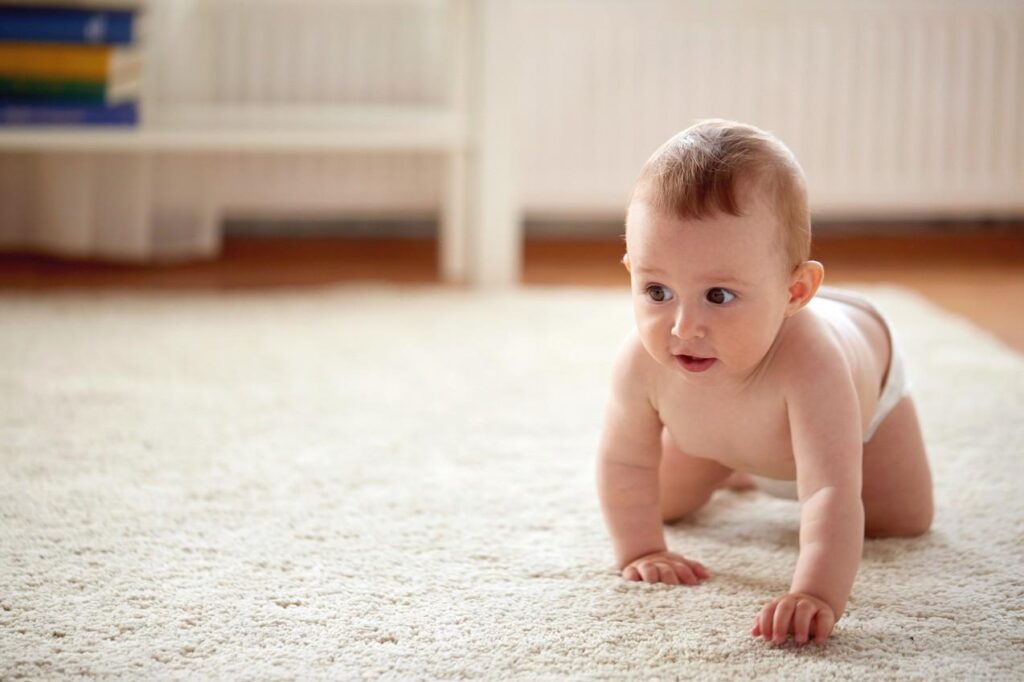Pediatric Gait: Understanding the Development of Walking in Kids
What is Pediatric Gait?
Pediatric gait, simply put, refers to the way children walk and the developmental process behind it. It involves the coordination of various body parts, including muscles, bones, and the nervous system, to achieve the delicate balance required for smooth locomotion. As children grow and develop, so does their gait, transitioning from crawling to walking and eventually to a mature walking pattern.
Stages of Gait Development
Understanding the stages of gait development can help you track your child’s progress and identify any potential concerns along the way. Let’s take a look at the key stages:
Crawling: Before taking those first steps, babies usually start with crawling. This stage helps strengthen their upper body and core muscles, preparing them for more complex movements.
Pulling to Stand: As your little one gains confidence and strength, they’ll start pulling themselves up using furniture or your hands for support. This is an exciting stage as they get ready to explore the world at a new vantage point.
Cruising: During this stage, your child will shuffle sideways while holding onto furniture or walls for balance. It’s like their personal little adventure of testing the waters before walking independently.
First Steps: Ah, the magical moment when your child takes their first unassisted steps! These may be wobbly and uncertain at first, but remember, practice makes perfect!
Independent Walking: With time and practice, your child will gain confidence and stability in their gait, allowing them to walk independently without any external support.
Common Challenges in Pediatric Gait
Every child’s gait development is unique, and some may encounter challenges along the way. Here are a few common ones we often encounter:
Toe-Walking: Toe-walking refers to walking on the balls of the feet rather than using the entire foot. While common in early walkers, it may persist in some children and could be a sign of certain neurological or muscular issues.
Flat Feet: In the early stages of walking, it’s normal for children to have flat feet due to underdeveloped arches. However, if flat feet persist and cause pain or other issues, it’s essential to address them.
In-toeing or Out-toeing: Some children may walk with their toes pointing inward or outward, which can lead to tripping and instability. Most cases resolve naturally with time, but persistent issues may require intervention.
Balance and Coordination Difficulties: As kids explore their newfound walking skills, they may face challenges in maintaining balance and coordination. This can improve with regular physical activity and practice.
Uneven Step Lengths: Observing your child’s gait pattern can help identify any significant differences in step length, which might indicate a potential problem.
Here are 10 Common Troubleshooting Scenarios Related to Pediatric Gait and their Solutions:
- Toe-Walking
Problem: Your child consistently walks on their toes, even after the age of 3.
Solution: Encourage your child to walk with their entire foot on the ground. Offer activities that promote heel-to-toe walking, such as walking on a line or playing games that involve stepping on different objects. If the issue persists, consult a pediatric physical therapist for further evaluation and guidance.
- In-toeing or Out-toeing
Problem: Your child’s feet point inward or outward while walking, causing tripping or instability.
Solution: In most cases, in-toeing or out-toeing resolves naturally with time and as the child’s gait matures. However, if it persists beyond the age of 3 or is accompanied by pain, consult a pediatric orthopedic specialist or physical therapist for assessment and appropriate intervention.
- Uneven Step Lengths
Problem: You notice significant differences in your child’s step length while walking.
Solution: Observe your child’s gait pattern and look for any underlying issues like muscle weakness or imbalances. Encourage activities that promote bilateral movements and consult a pediatric physical therapist if concerns persist.
- Flat Feet
Problem: Your child’s feet appear flat, and they complain of discomfort or pain.
Solution: Flat feet are common in toddlers and usually resolve as the arches develop. However, if your child experiences pain or other issues, consult a pediatric podiatrist or physical therapist for appropriate assessment and recommendations.
- Balance and Coordination Difficulties
Problem: Your child struggles to maintain balance and coordination while walking.
Solution: Engage your child in activities that promote balance, such as walking on uneven surfaces or balancing games. Enroll them in age-appropriate physical activities like dance, gymnastics, or martial arts to improve their overall coordination.
- Reluctance to Walk
Problem: Your child seems hesitant or reluctant to walk independently.
Solution: Provide a safe and supportive environment to encourage your child to explore walking independently. Offer praise and positive reinforcement for each step taken. If the reluctance persists, consult a pediatric physical therapist to rule out any underlying issues.
- Frequent Tripping or Falling
Problem: Your child frequently trips or falls while walking.
Solution: Ensure the walking area is free from obstacles and hazards. Encourage your child to pick up their feet while walking, and practice activities that improve balance and spatial awareness.
- Fear of Walking on Uneven Surfaces
Problem: Your child is fearful of walking on uneven surfaces like grass or sand.
Solution: Gradually introduce your child to different surfaces in a supportive and playful manner. Walk with them and hold their hand for reassurance until they gain confidence.
- Pigeon-Toed Walking
Problem: Your child walks with their toes pointed inward, which affects their gait.
Solution: Most cases of pigeon-toed walking resolve naturally with age. However, if it persists or causes pain, consult a pediatric orthopedic specialist or physical therapist for evaluation and intervention.
- Difficulty Walking Up or Down Stairs
Problem: Your child struggles with stairs, either going up or down.
Solution: Assist your child initially, and then encourage them to practice one step at a time while holding onto the railing. Practice regularly until they gain confidence and independence in navigating stairs.
Remember, if you ever have concerns about your child’s gait development, don’t hesitate to reach out to a pediatric physical therapist for guidance and support.
Frequently Asked Questions
Q1: When should I expect my child to start walking? While the age can vary, most children take their first independent steps between 9 to 15 months. However, some may start a bit earlier or later, and that’s perfectly normal. Each child develops at their own pace.
Q2: Should I be worried if my child is toe-walking? Toe-walking is quite common in early walkers and is usually nothing to worry about, especially if it improves over time. However, if your child continues to toe-walk beyond the age of 3 or if it’s accompanied by other issues, it’s best to seek professional advice.
Q3: Is it okay if my child’s feet are flat? Yes, it’s normal for toddlers to have flat feet as their arches are still developing. Most children outgrow this, but if your child complains of pain or you notice other concerning symptoms, consulting a professional is a good idea.
Q4: How can I encourage my child to walk more confidently? Encouragement and support are key! Create a safe and stimulating environment for your child to explore and practice their walking. Offer them opportunities to walk independently while supervising closely, and celebrate their milestones with enthusiasm.
Q5: Can I help my child improve their balance and coordination? Absolutely! Engaging in age- appropriate physical activities, like playing at the playground, riding a tricycle, or participating in dance classes, can greatly enhance your child’s balance and coordination.
In Conclusion
Watching your child progress through the stages of gait development is a thrilling and heartwarming experience. Each little step they take brings them closer to exploring the world around them with newfound independence. As a pediatric physical therapist, my goal is to ensure that every child’s gait development journey is as smooth as possible.
Remember, every child is unique, and their gait development may differ. If you have any concerns or questions about your child’s gait, don’t hesitate to consult a pediatric physical therapist or healthcare professional. Together, we can support and nurture these tiny feet on their extraordinary journey of walking!
If you have any more questions or thoughts on pediatric gait, feel free to drop them in the comments below. Until next time, happy walking, little adventurers!






